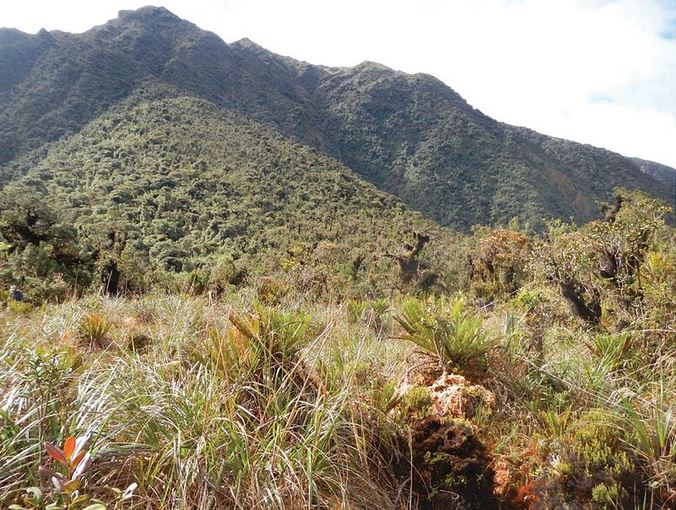Animals know when an earthquake is coming several weeks before it strikes, researchers reported this week. Three weeks before a major tremor, animals start moving around much less, a study using motion-activated cameras found.
In this latest study, which has been reported in the journal Physics and Chemistry of the Earth, the authors, from Brazil, the US and UK, suggest using motion-activated cameras to monitor animal movements in earthquake-prone areas as an early-warning system.
The authors explained that reports of changes in animal behavior prior to earthquakes have so far been anecdotal and greeted with suspicion by the scientific community.

Paca rodent (Cuniculus paca) filmed by a motion-triggered camera. (Image: TEAM Network teamnetwork.org)
The US Geological Survey says stories of animals behaving strangely before earthquakes date back to 373 BC in Greece, where documents cited rats, centipedes, snakes and weasels leaving their homes and heading for safety.
According to Scientific American, Chinese authorities considered 58 species of animals as useful for earthquake advanced-warning companions, especially bats, rodents and snakes. Books were distributed to populations in seismic areas with depictions and descriptions of unusual animal behaviours.
Rachel Grant, a lecturer in Animal and Environmental Biology at Anglia Ruskin University, England, and colleagues tracked the movements of wild animals at the Yanachaga-Chemillén National Park in Peru.
They used motion-triggered cameras over the 30-day period just before the 2011 Contamana earthquake, a major tremor which registered as 7.0 in the Richter magnitude scale.
Animal activity declined
Three weeks before the earthquake struck, the researchers noticed that animal activity declined significantly.
In fact, in five days during the final week the motion cameras picked up no animal activity, which for the type of wildlife in this rainforest region in the Peruvian mountains is unheard of, the authors wrote.
The researchers say this is the only study to scientifically show that animal movements are significantly affected during the three weeks leading up to a major earthquake.

The Yanachaga-Chemillén National Park encompasses an isolated mountain chain east of the main Andean cordillera and has an area of 110,658.25 hectares. (Image: Wikimedia)
Prof. Grant said in the interview with Reuters:
“Animals have the potential to be reliable forecasters of earthquakes and could be used alongside other monitoring systems. The system could be used in developing and earthquake-prone countries, it is affordable and feasible to implement as it just requires someone to monitor animal behaviour – there is no need for satellites.”
Fluctuations in the atmosphere before a quake
The scientists detected fluctuations in the atmosphere two weeks before the earthquake, caused by pressure building up on the Earth’s surface.
They explained that these fluctuations, if steep enough, can trigger increases in blood serotonin levels in animals (inc. humans), making them restless, hyperactive, anxious and agitated.
A large fluctuation in the atmosphere above the epicentre was detected eight days before Contamana struck. This spike coincided closely with a sharp decline in animal activity.
Many animals are much more sensitive than we are to the subtle changes that occur in the weeks leading up to an earthquake. Studying them could provide insight into what is going on during that period, the authors believe.
Co-author, Friedemann Freund, a senior SETI scientist, said:
“The camera traps were located on a ridge at an altitude of 900m. If air ionisation occurred, it is likely that it was particularly strong along such a ridge. Hence, the animals would have escaped to the valley below, where they were exposed to fewer positive airborne ions.”
“With their acute ability to sense their environment, animals can help us understand subtle changes that occur before major earthquakes.”
“These changes, that we are now able to measure, express themselves in many different ways at the earth’s surface and above.”
Reference: “Changes in Animal Activity Prior to a Major (M=7) Earthquake in the Peruvian Andes,” Rachel A. Grant, Jean Pierre Raulin, Friedemann T. Freund. Physics and Chemistry of the Earth. Published online March 17, 2015.

